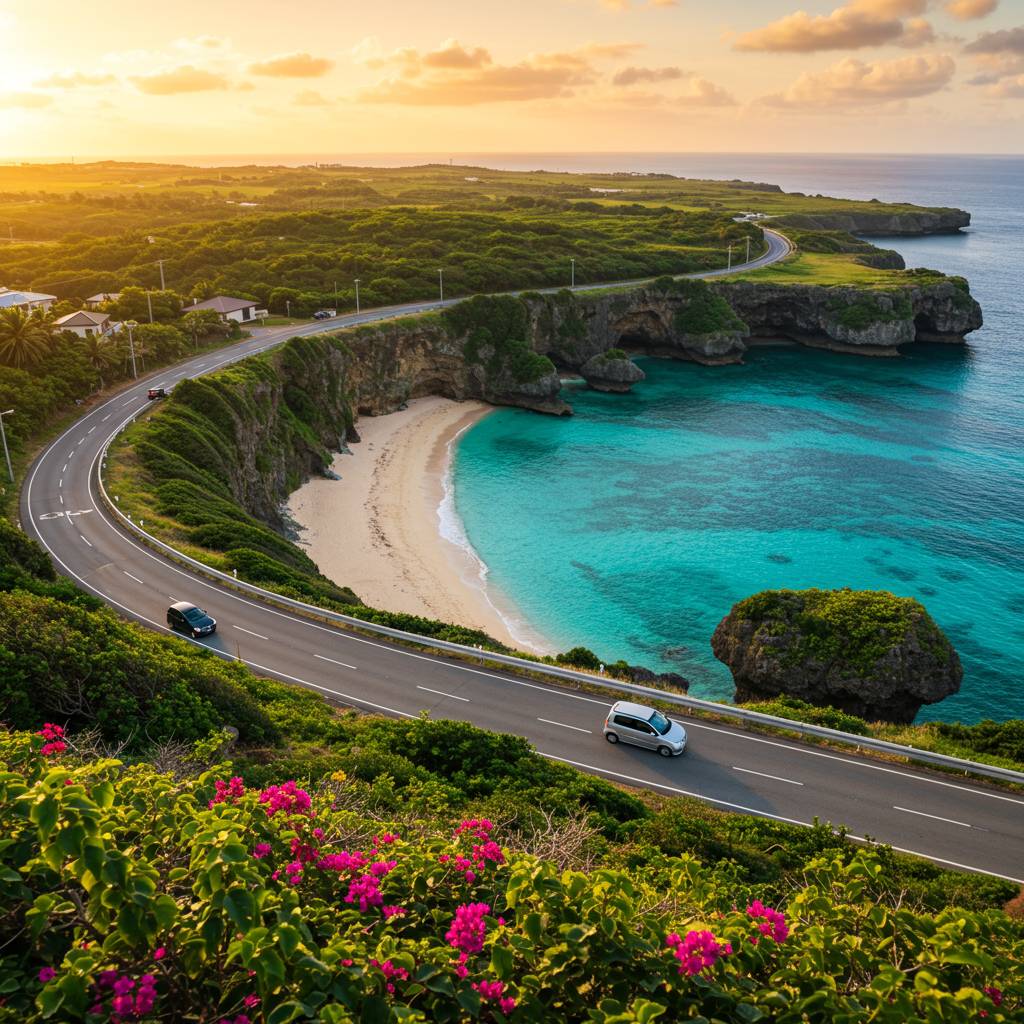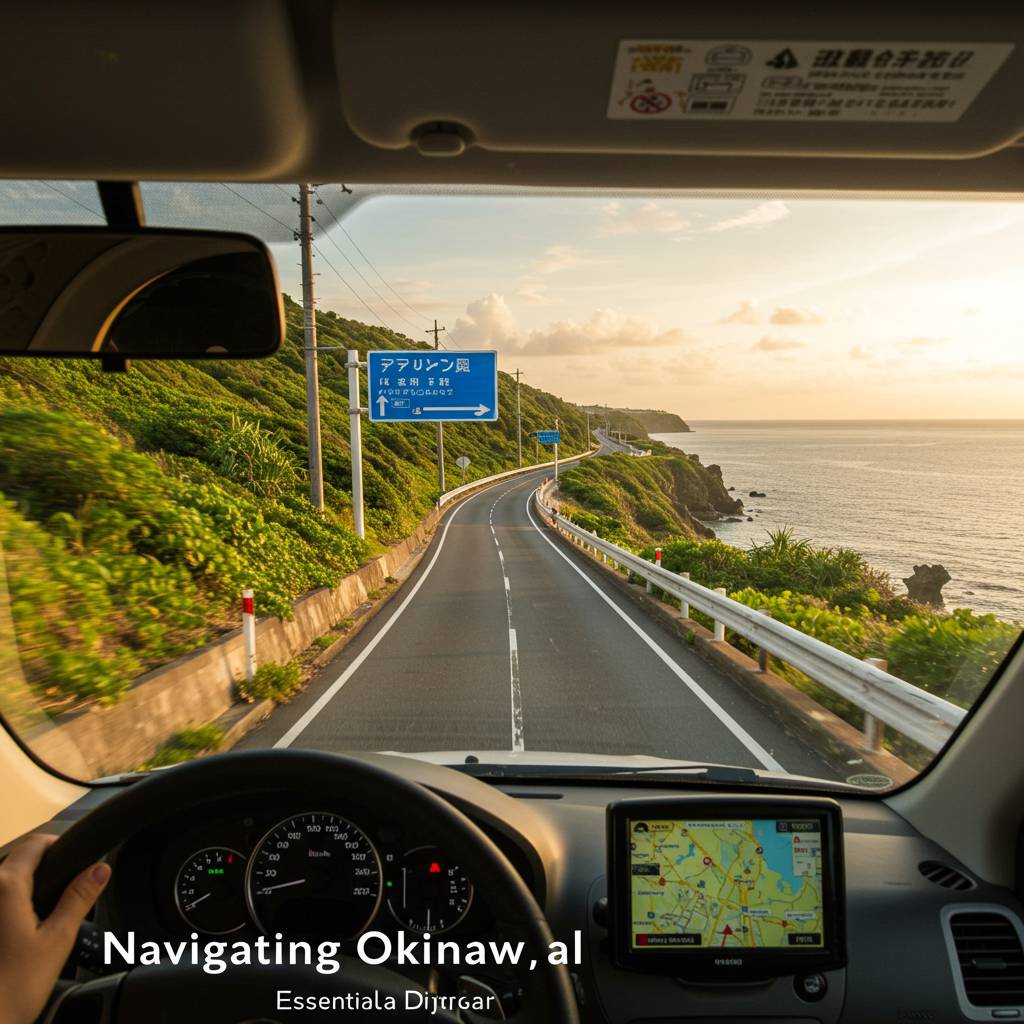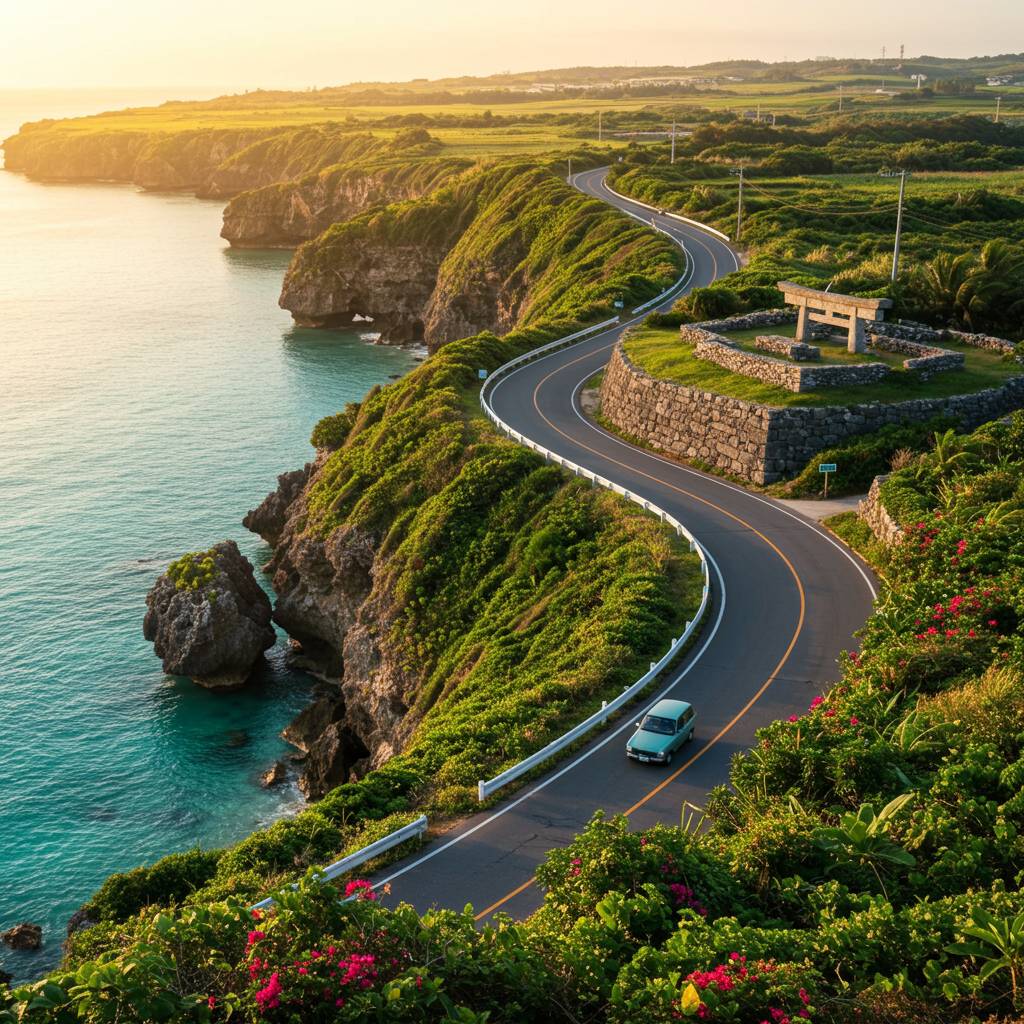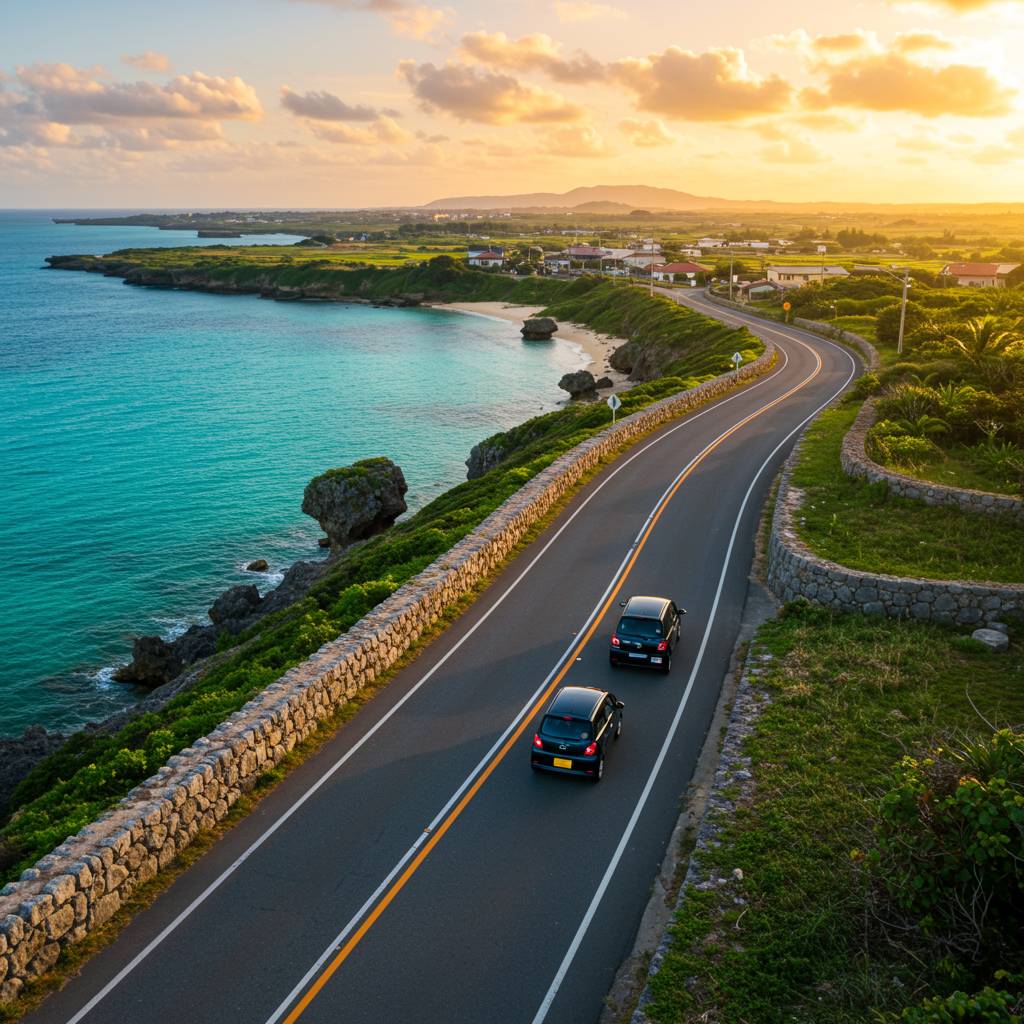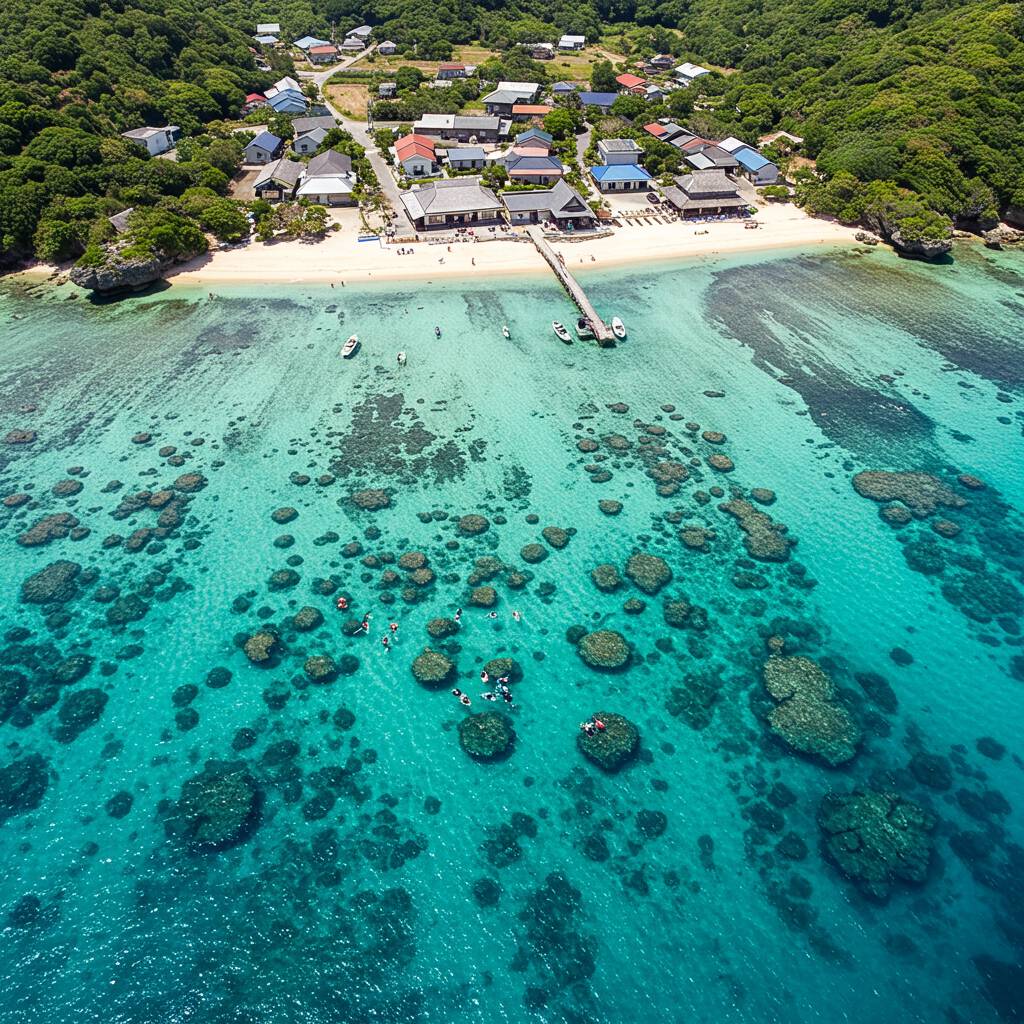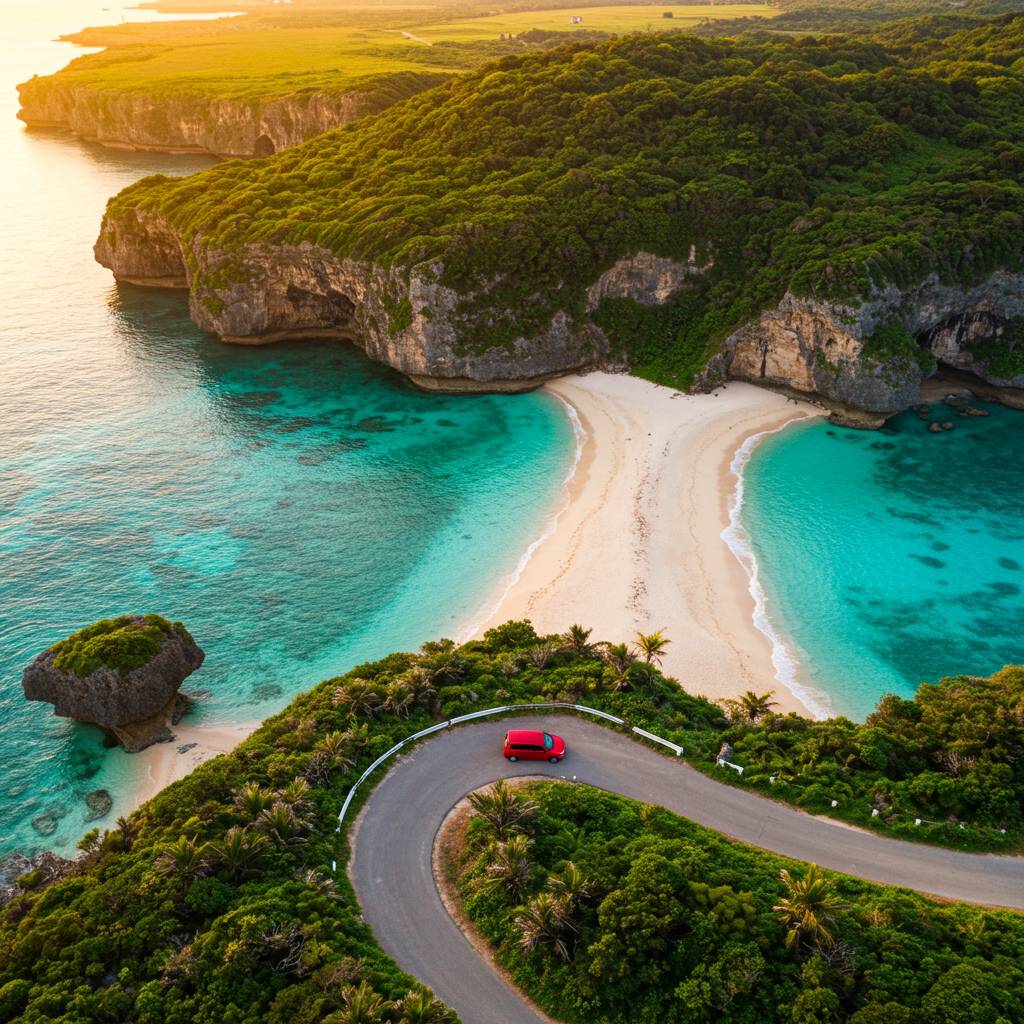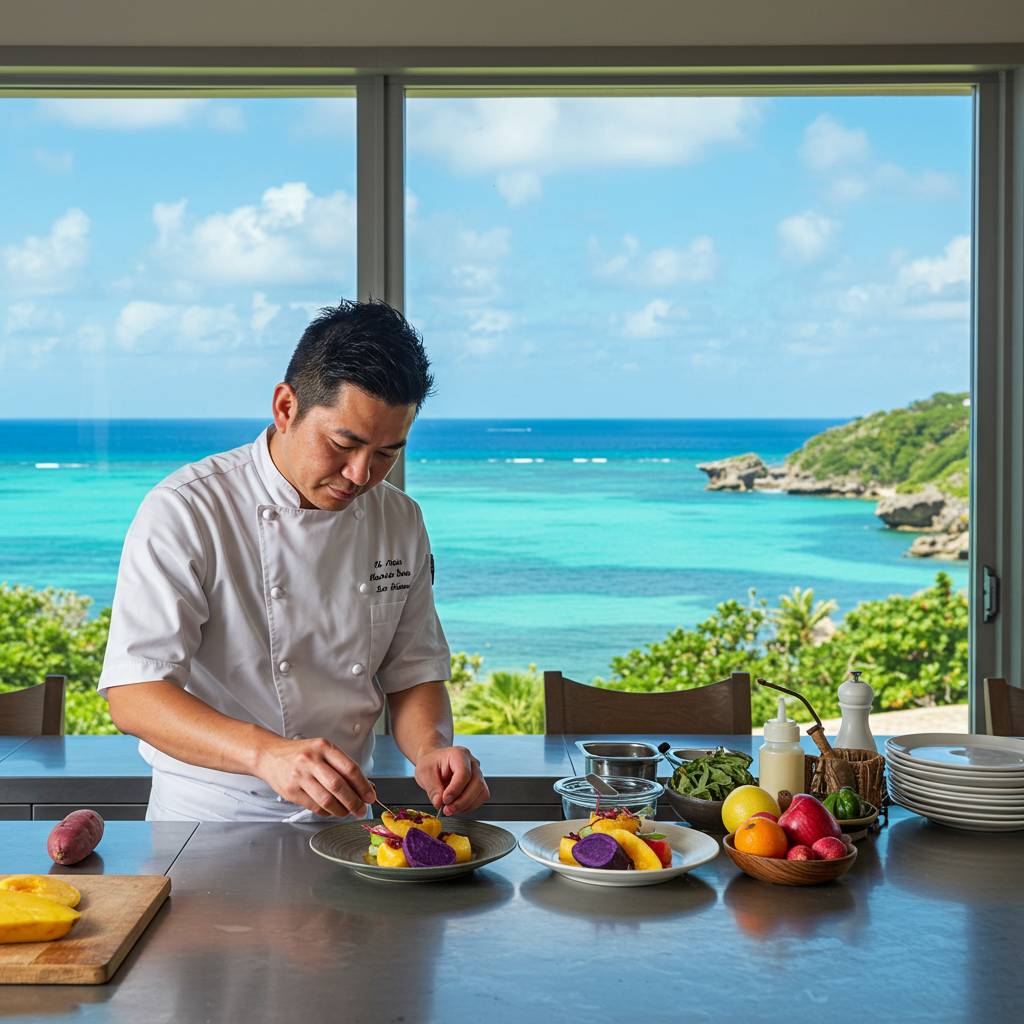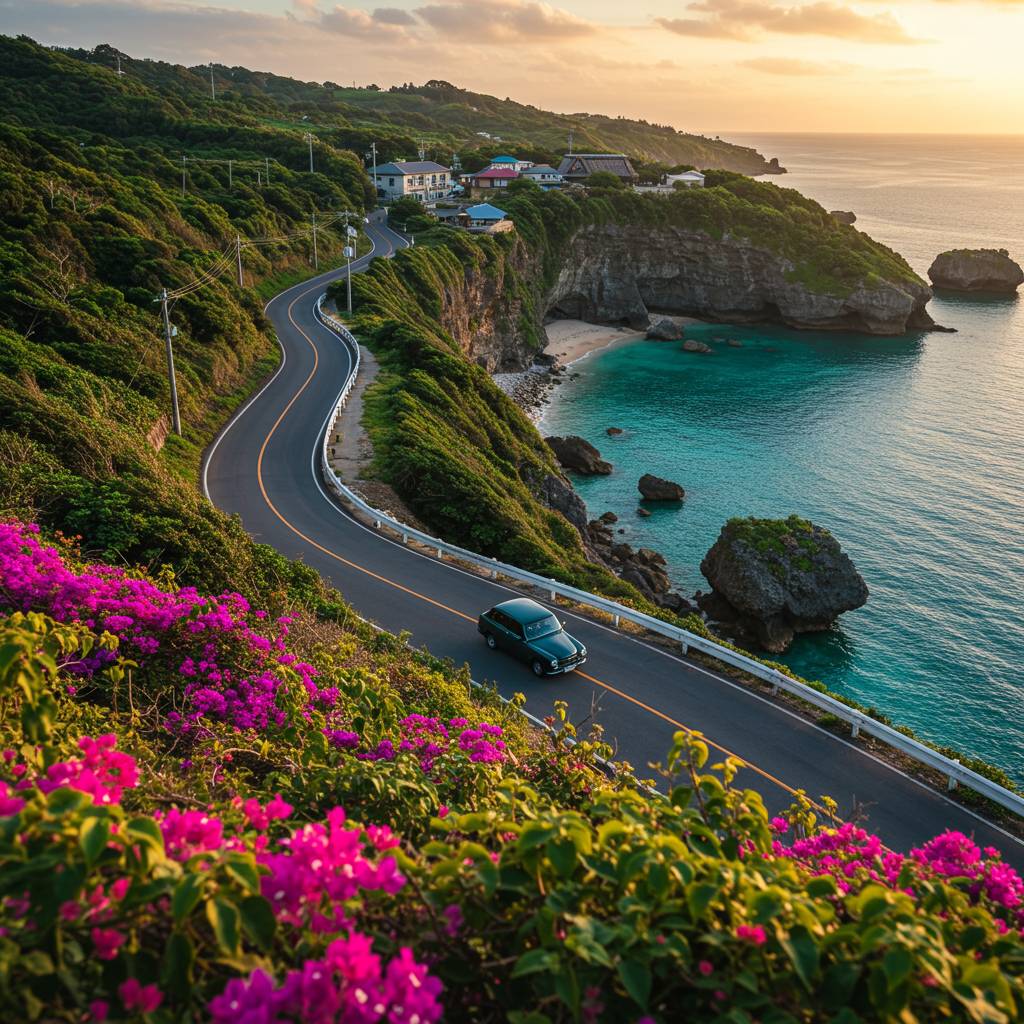Are you tired of crowded tourist destinations and seeking an authentic Japanese island experience? Imagine cruising along pristine coastlines with emerald waters on one side and lush subtropical forests on the other, with barely another traveler in sight. Okinawa’s northern coastline remains one of Japan’s best-kept secrets, a paradise waiting to be discovered by those willing to venture beyond the popular southern beaches. In 2023, this spectacular drive was recognized as Japan’s most scenic road trip – yet surprisingly few international visitors make the journey. Having recently completed this breathtaking adventure myself, I’m excited to share how a rental car becomes your key to unlocking hidden beaches, untouched natural wonders, and authentic Okinawan culture. Whether you’re planning your first trip to Japan or you’re a seasoned Japan traveler looking to explore beyond the typical tourist trail, this comprehensive guide will show you why Okinawa’s northern coastline deserves a place at the top of your travel bucket list.
1. 5 Hidden Beaches Along Okinawa’s Northern Coastline Only Accessible by Rental Car
While Okinawa’s southern beaches attract crowds of tourists, the northern coastline harbors secluded paradises that remain largely untouched by mass tourism. These hidden gems are often accessible only with your own transportation, making a rental car essential for the adventurous traveler. Here are five pristine beaches along Okinawa’s northern shore that reward those willing to venture off the beaten path.
Okuma Beach presents crystal-clear waters and powder-white sand without the crowds. Located near the Okuma Private Beach & Resort, this stretch of coastline offers excellent snorkeling opportunities with vibrant coral reefs just offshore. The rental car journey along coastal roads provides breathtaking views that are part of the experience itself.
Further north, Hiji Beach sits at the mouth of Hiji River, creating a unique ecosystem where freshwater meets the ocean. This beach requires a short hike from the parking area, deterring casual visitors and preserving its natural beauty. The adjacent Hiji Falls makes this a two-for-one natural attraction worth the drive.
Yonagunihama Beach remains one of Okinawa’s best-kept secrets. This remote stretch of coastline features unusual rock formations and tide pools teeming with marine life. A 4WD rental vehicle is recommended as the final approach involves a rough track, but the reward is often having the entire beach to yourself.
Ada Beach offers a glimpse into traditional Okinawan fishing culture, with local boats dotting the shoreline and remarkable sunset views across the East China Sea. The nearby village provides authentic local cuisine that tastes even better after a day of swimming and exploration.
Finally, Gesashi Bay Beach stands out for its mangrove ecosystems and kayaking opportunities. While technically accessible by public transportation, the infrequent bus schedule makes a rental car the practical choice for visitors wanting to spend meaningful time here. The bay’s calm waters make it ideal for families seeking tranquility away from Okinawa’s more commercial beaches.
These northern coastal treasures represent Okinawa’s wilder, more authentic side. By renting a car and exploring beyond the typical tourist attractions, visitors gain access to beaches where nature remains pristine and crowds are nonexistent. Each location offers unique landscapes and marine environments that showcase why Okinawa is considered one of Japan’s most beautiful island destinations.
2. Why Okinawa’s Northern Coastline Drive Was Voted Japan’s Most Scenic Road Trip of 2023
The northern coastline of Okinawa has earned its reputation as Japan’s premier scenic drive, captivating travelers with its breathtaking vistas and untouched natural beauty. This magnificent stretch of road winds along dramatic cliffs, offering panoramic views of the East China Sea’s crystal-clear turquoise waters that simply cannot be found elsewhere in Japan.
What makes this coastal drive particularly special is the perfect balance between accessibility and preserved natural beauty. Unlike the more developed southern parts of Okinawa, the northern coastline remains relatively untouched by mass tourism. The route from Cape Hedo to Nago presents drivers with a constantly changing landscape – from rugged cliffs and secluded beaches to lush subtropical forests.
Expert travel photographers consistently rank this drive among Asia’s most photogenic routes. The road offers numerous pull-off points where travelers can safely park and capture stunning images of the coastline. The Cape Hedo observation deck provides a particularly dramatic vantage point where the Pacific Ocean meets the East China Sea in a spectacular convergence of currents.
Local environmental conservation efforts have helped maintain the pristine condition of this coastal area. The road itself has been thoughtfully constructed to minimize environmental impact while maximizing scenic views. Small family-owned restaurants along the route serve fresh local seafood, giving drivers authentic culinary experiences between photo stops.
The changing seasons bring different charms to the northern coastline drive. During spring, the surrounding hillsides burst with colorful subtropical flowers. Summer brings vibrant blues to the ocean views, while autumn offers milder temperatures perfect for extended exploration. Even during winter months, Okinawa’s relatively warm climate means the coastal drive remains accessible and beautiful.
For travelers seeking to experience this remarkable drive, rental cars from companies like OTS Rent-a-Car or Times Car Rental provide the freedom to explore at your own pace. The journey can be completed in a single day, but many travelers choose to allocate 2-3 days to fully appreciate the numerous attractions along this stunning coastal route.
3. Escape the Crowds: A Complete Guide to Exploring Okinawa’s Untouched Northern Shores by Car
While southern Okinawa draws throngs of tourists to its popular beaches and attractions, the island’s northern coastline remains a hidden paradise waiting to be discovered. This pristine region offers breathtaking ocean vistas, secluded beaches, and authentic cultural experiences—all best explored with the freedom of a rental car.
The northern shores of Okinawa present a striking contrast to the developed south. Here, dramatic sea cliffs meet crystal-clear waters, lush forests extend to pristine beaches, and small fishing villages maintain traditions that have existed for generations. A rental car adventure along this coastline provides access to spots that tour buses simply can’t reach.
Begin your journey in Nago City, where several reliable rental companies like Times Car Rental and OTS Rent-a-Car offer competitive rates and newer model vehicles. Opt for a compact car for easier navigation along the occasionally narrow coastal roads, but ensure it has enough power to handle the hilly terrain.
The Cape Hedo (Hedo Misaki) drive is essential—as Okinawa’s northernmost point, it features panoramic views where the East China Sea meets the Pacific Ocean. The nearby Hedo Observatory provides the perfect vantage point for photographs that capture the rugged beauty of this remote coastline.
Don’t miss Kouri Island, accessible via a picturesque 2-kilometer bridge. The island’s Kouri Beach boasts powder-white sand and exceptional snorkeling opportunities in its clear waters. For the best experience, arrive early before day-trippers from the south make their way north.
The Yambaru National Park region offers a refreshing forest alternative to coastal views. Its preservation area houses rare wildlife including the Okinawa rail and Okinawa woodpecker. The Daisekirinzan karst formations within the park feature mysterious limestone landscapes that create an otherworldly hiking experience.
For authentic local cuisine, avoid tourist establishments and seek out small family-run restaurants in villages like Ogimi, known for its longevity-promoting traditional diet. Try coastal specialties like sea grapes (umibudo) and freshly caught fish served with locally grown produce.
The Nakijin Castle ruins provide historical context to your journey, offering both cultural significance and spectacular coastal views from its ancient walls. This UNESCO World Heritage site is far less crowded than southern historical attractions.
When planning your itinerary, allow for spontaneous stops—some of the most memorable experiences come from discovering unmarked beaches or chatting with locals at roadside produce stands. The northern coastal road (Route 58) offers numerous pull-off points where you can simply admire the ocean vista or descend to secluded coves.
For accommodation, consider small minshuku (family-run guesthouses) or boutique hotels like Adan Resort in Nakijin or Kariyushi Resort in Yambaru. These provide authentic experiences and insights from hosts who know the region intimately.
Remember that northern Okinawa operates at a slower pace—gas stations and convenience stores are less frequent, so plan accordingly. Cell service can also be spotty in remote areas, so download offline maps before departure. The extra preparation is worth it for the reward of experiencing Okinawa’s most unspoiled coastal landscapes, far from the crowds that dominate the island’s southern reaches.
For rental car reservations in Okinawa, visit “RENT A CAR HIROBA”
Make the best memories of your trip at the rental car plaza!
Click here to reserve a rental car ↓
・Cheap rental cars in Okinawa are at the lowest price starting from 1,500 yen. Rent-a-car Hiroba is recommended for reservations and comparisons.
https://rentacar-hiroba.com/

